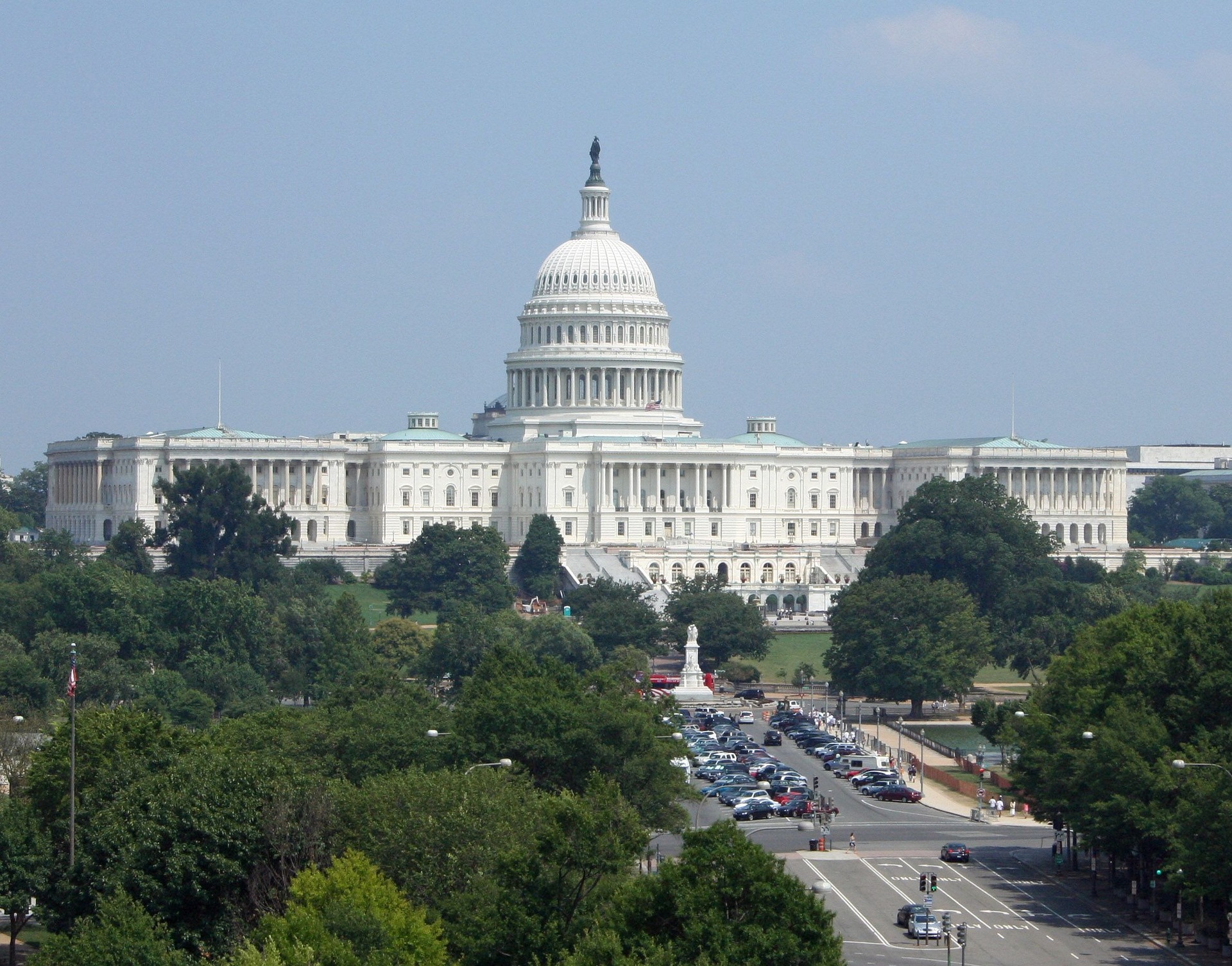Well, it has finally come to pass. It looks like the Federales have finally begun to seriously address what’s going on in the housing markets and in the broader economy. People ask me all the time, “What’s in the bill going through Congress?” Here is the summary of the key provisions from NAR (the National Association of Realtors):
GSE Reform – including a strong independent regulator, and permanent conforming loan limits up to the greater of $417,000 or 115% local area median home price, capped at $625,500. The effective date for reforms is immediate upon enactment, but the loan limits will not go into effect until the expiration of the Economic Stimulus limits (December 31, 2008).
FHA Reform – including permanent FHA loan limits at the greater of $271,050 or 115% of local area median home price, capped at $625,500; streamlined processing for FHA condos; reforms to the HECM program, and reforms to the FHA manufactured housing program. The downpayment requirement on FHA loans will go up to 3.5% (from 3%). The effective date for reforms is immediate upon enactment, but the loan limits will not go into effect until the expiration of the Economic Stimulus limits (December 31, 2008).
Homebuyer Tax Credit – a $7500 tax credit that would be would be available for any qualified purchase between April 8, 2008 and June 30, 2009. The credit is repayable over 15 years (making it, in effect, an interest free loan).
FHA foreclosure rescue – development of a refinance program for homebuyers with problematic subprime loans. Lenders would write down qualified mortgages to 85% of the current appraised value and qualified borrowers would get a new FHA 30-year fixed mortgage at 90% of appraised value. Borrowers would have to share 50% of all future appreciation with FHA. The loan limit for this program is $550,440 nationwide. Program is effective on October 1, 2008.
Seller-funded downpayment assistance programs – codifies existing FHA proposal to prohibit the use of downpayment assistance programs funded by those who have a financial interest in the sale; does not prohibit other assistance programs provided by nonprofits funded by other sources, churches, employers, or family members. This prohibition does not go into effect until October 1, 2008.
VA loan limits – temporarily increases the VA home loan guarantee loan limits to the same level as the Economic Stimulus limits through December 31, 2008.
Risk-based pricing – puts a moratorium on FHA using risk-based pricing for one year. This provision is effective from October 1, 2008 through September 30, 2009.
GSE Stabilization – includes language proposed by the Treasury Department to authorize Treasury to make loans to and buy stock from the GSEs to make sure that Freddie Mac and Fannie Mae could not fail.
Mortgage Revenue Bond Authority – authorizes $10 billion in mortgage revenue bonds for refinancing subprime mortgages.
National Affordable Housing Trust Fund – Develops a Trust Fund funded by a percentage of profits from the GSEs. In its first years, the Trust Fund would cover costs of any defaulted loans in FHA foreclosure program. In out years, the Trust Fund would be used for the development of affordable housing.
CDBG Funding – Provides $4 billion in neighborhood revitalization funds for communities to purchase foreclosed homes.
LIHTC – Modernizes the Low Income Housing Tax Credit program to make it more efficient.
Loan Originator Requirements – Strengthens the existing state-run nationwide mortgage originator licensing and registration system (and requires a parallel HUD system for states that fail to participate). Federal bank regulators will establish a parallel registration system for FDIC-insured banks. The purpose is to prevent fraud and require minimum licensing and education requirements. The bill exempts those who only perform real estate brokerage activities and are licensed or registered by a state, unless they are compensated by a lender, mortgage broker, or other loan originator.
Wow, that’s a lot of key provisions – it is, as promised, pretty sweeping legislation. But it looks like there’s some bad news out there for Santa Cruz families facing foreclosure, namely that the loan limit for the foreclosure rescue/refinance is $550,440. I think a lot of people facing foreclosure have loan limits that are higher than that.
Overall, it looks like a pretty good piece of legislation to me. Not a panacea, of course, for all that ails us, but I don’t think there’s a “silver bullet” out there that’s going to make all our problems go away. This is a step in the right direction, and there are provisions in the bill that will directly benefit many homeowners and future homeowners in Santa Cruz.



